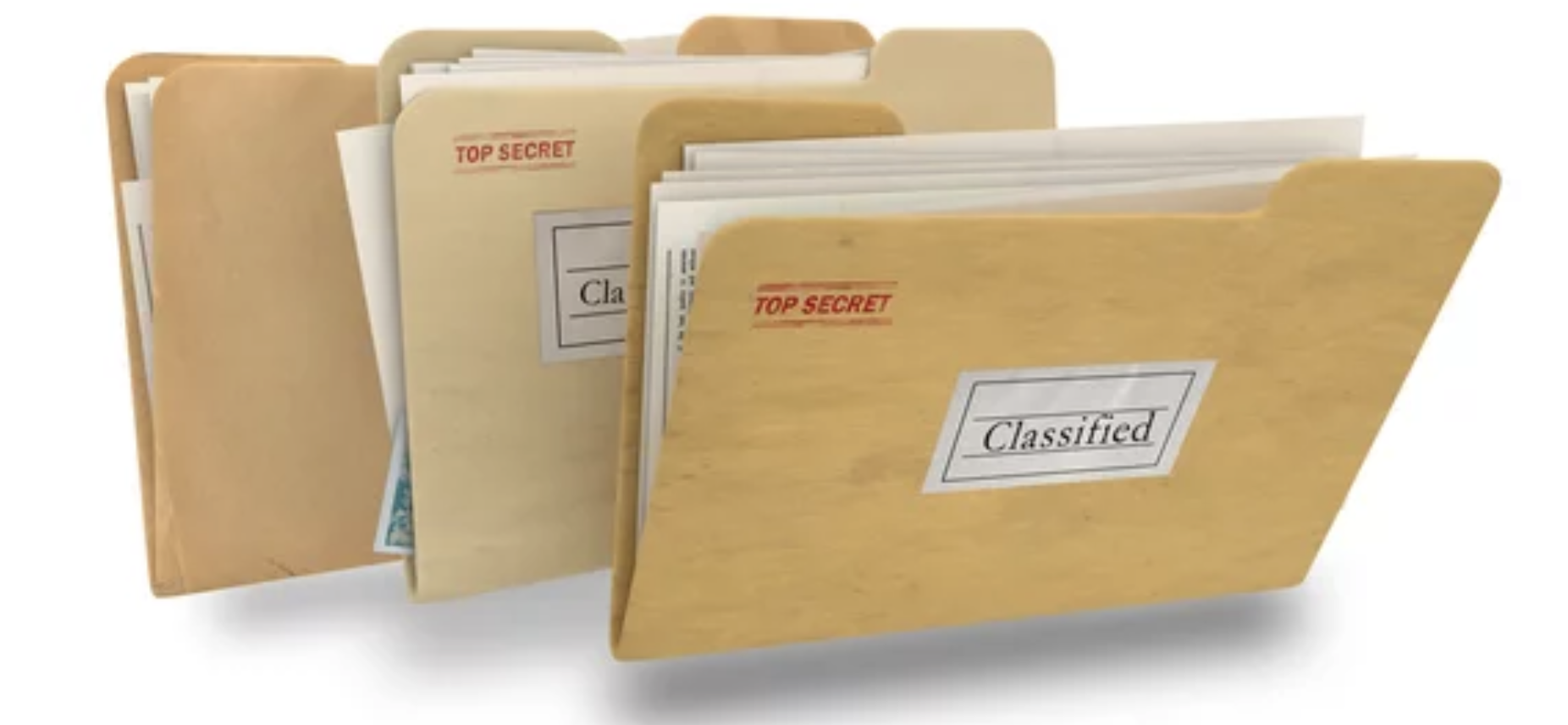Kerby Anderson
After two months of debates about classified documents, it seemed reasonable on my radio program to do a deep dive into the subject. One guest argued that we have a real problem in this country with over-classification. He is correct. The best estimate I could find calculates that the US government creates approximately 50 million classified documents each year.
Why so many classified documents? Another guest suggested that was due to fear of repercussions. One expert I cited explained that there are very high penalties for under-classifying or mishandling classified information. Thus, the default has become, “when it doubt, classify it.”
We are learning that classified documents aren’t always stored in secure locations. My favorite story is of 13-year-old Kristin Preble who brought a stack of government documents to her social studies class that her dad found in a hotel room. The 4-inch stack were classified briefings on Iran and Libya that the teacher wisely turned over to the FBI.
Lots of classified documents no longer need to be classified. I’m thinking about the Baltimore Sun reporter who discovered a still-classified file of World War I troop movements. One study discovered that in a year when there were 102 million pages of government documents that were to be reviewed for declassification only 44 million were declassified.
One suggestion made to Congress was to fund a machine-learning system that could speed up declassification. Computers with artificial intelligence could help distinguish between phrases that suggest classification and innocuous information.
I think this country has a problem with classification and declassification, and Congress and the bureaucracy need to address it.
 Listen Online
Listen Online Watch Online
Watch Online Find a Station in Your Area
Find a Station in Your Area











 Listen Now
Listen Now Watch Online
Watch Online
